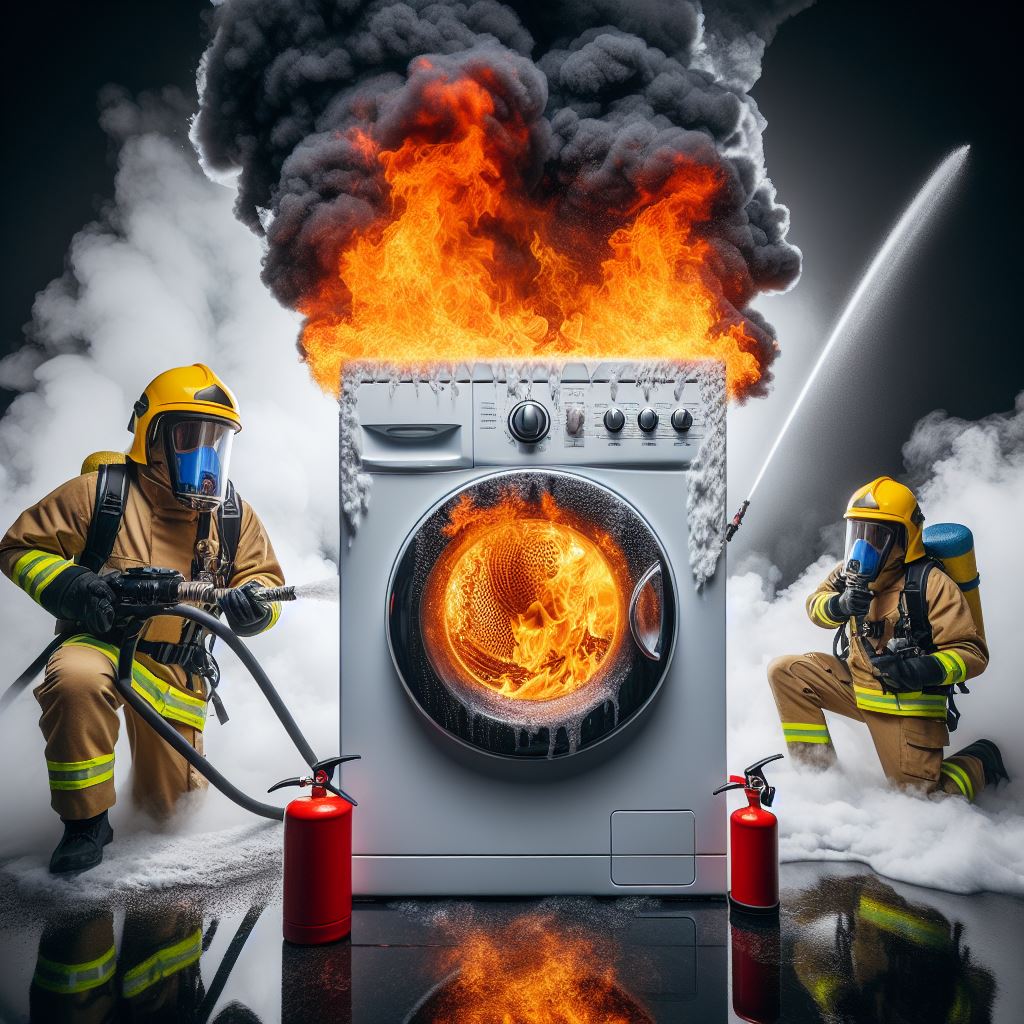In the daily routine of doing laundry, few things seem as innocuous as the collection of fuzzy debris known as dryer lint. Often disregarded and disposed of without a second thought, dryer lint, that soft amalgamation of fabric fibers, hair, and dust, holds a surprising secret: its remarkable propensity to catch fire. Let’s delve into the fascinating makeup of dryer lint and why it poses a fire hazard.
The Composition of Dryer Lint
At first glance, dryer lint appears innocently mundane. However, its seemingly ordinary appearance belies its complex composition. This mundane fluff is primarily composed of tiny textile fibers from our clothing, along with particles of dust, hair, and sometimes even pet fur. The lint trap in our dryers dutifully collects this amalgamation, preventing it from clogging the vent and ensuring smooth airflow.
The materials that make up lint possess key properties that contribute to its combustibility. Textile fibers, such as cotton, wool, and synthetic materials like polyester, commonly found in our clothing, are highly flammable. These fibers have a large surface area, making them prone to quickly ignite when exposed to heat.
The Combustible Chemistry
Dryers operate by heating clothes and circulating air to evaporate moisture. During this process, tiny fibers detach from clothing and accumulate in the lint trap. The combination of heat, airflow, and a buildup of these highly flammable fibers creates a hazardous situation.
As the dryer heats up, lint nestled within the trap is exposed to elevated temperatures. The ample supply of oxygen in the dryer’s environment, crucial for combustion, combines with the flammable fibers, forming a potentially dangerous mix. Under the right conditions, this combination becomes a tinderbox waiting for a spark to set it ablaze.
The Fire Hazard
The ignition point for dryer lint is surprisingly low—around 400 degrees Fahrenheit (204 degrees Celsius). Unfortunately, many dryers operate at temperatures exceeding this threshold. A small spark from friction between clothes, a malfunctioning heating element, or an overloaded lint trap can ignite the lint, leading to a potentially catastrophic fire.
Statistics reveal the severity of this hazard, with thousands of residential fires attributed to dryer-related incidents annually. The accumulation of lint in dryer vents further exacerbates the risk, as neglected maintenance and inadequate vent cleaning restrict airflow, causing lint to accumulate and heightening the chance of ignition.
Mitigating the Risk
The key to reducing the risk of dryer-related fires lies in preventive measures. Regular maintenance, including cleaning the lint trap after each use and periodic vent cleaning, significantly lowers the likelihood of lint buildup. Using a vent brush or seeking professional vent cleaning services ensures proper airflow and reduces the risk of ignition.
Furthermore, practicing caution by avoiding overloading the dryer, removing combustible materials from around the dryer area, and ensuring proper installation of the appliance can further mitigate fire hazards.
In conclusion, while dryer lint might seem insignificant, its composition and combustible nature underscore the importance of diligent maintenance and awareness. By understanding the chemistry behind lint’s flammability and taking proactive steps to mitigate risks, we can safeguard our homes against potential dryer-related fires. So, the next time you dispose of that seemingly harmless lint, remember its hidden combustible potential and take the necessary precautions to keep your home safe.

